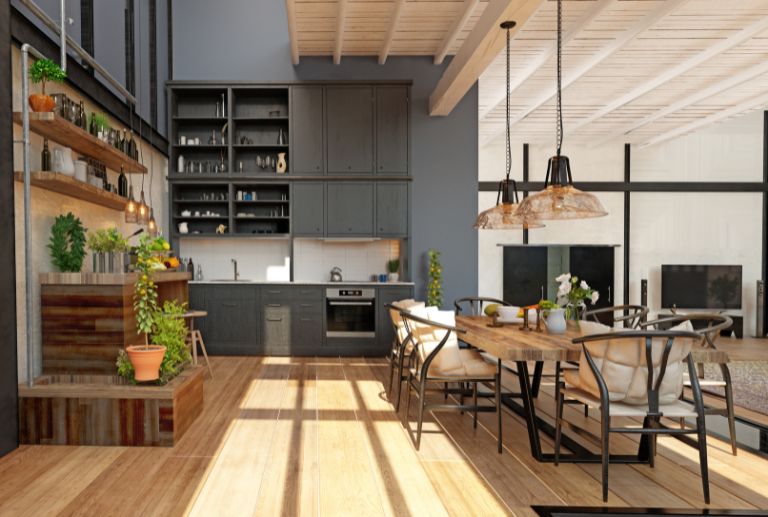In the world of interior design, wood has remained a timeless and popular choice for adding warmth, texture, and character to contemporary spaces. Despite the rise of modern materials and minimalist aesthetics, wood continues to be a staple in contemporary design. In this blog, we’ll explore the reasons why wood is so popular for contemporary interior design.
1. Natural Beauty and Warmth
One of the main reasons why wood is favored in contemporary interior design is its natural beauty and warmth. Unlike synthetic materials, wood brings an organic and earthy element to spaces, creating a sense of comfort and connection with nature. Whether it’s rich walnut, warm oak, or light maple, the natural tones and grains of wood add depth and character to contemporary interiors.
2. Versatility in Style
Wood is incredibly versatile and can complement a wide range of interior styles, from modern and minimalist to rustic and traditional. In contemporary design, wood is often used to add contrast and balance to sleek and minimalist spaces, creating visual interest and warmth without overpowering the overall aesthetic. Whether it’s used as flooring, furniture, or architectural elements, wood seamlessly integrates into contemporary interiors, enhancing their appeal.
3. Timeless Appeal
Despite trends and fads in interior design, wood has a timeless appeal that transcends generations. Its classic and enduring quality makes it a popular choice for contemporary interiors that seek to balance modern aesthetics with longevity and durability. Unlike trendy materials that may fall out of fashion, wood remains a timeless and sophisticated choice that adds value to any space.
4. Sustainability and Eco-Friendliness
In an era of increasing environmental awareness, wood is prized for its sustainability and eco-friendliness. When sourced from responsibly managed forests, wood is a renewable resource that has minimal impact on the environment. Many contemporary interior designers and homeowners prioritize sustainable materials in their designs, making wood a natural choice for eco-conscious spaces.
5. Textural Contrast
In contemporary interior design, texture plays a crucial role in adding visual interest and depth to spaces. Wood offers a unique and tactile texture that contrasts beautifully with smooth surfaces and sleek finishes commonly found in modern interiors. Whether it’s rough-hewn wood beams against a concrete ceiling or a reclaimed wood accent wall in a minimalist living room, wood adds textural contrast that enhances the overall design.
6. Warmth in Minimalist Spaces
Contemporary design often features minimalist aesthetics characterized by clean lines, neutral colors, and open spaces. In these minimalist interiors, wood adds warmth and coziness, softening the starkness of the design and creating a more inviting atmosphere. Whether it’s a wooden accent piece or flooring, wood brings a sense of comfort and homeliness to contemporary minimalist spaces.


